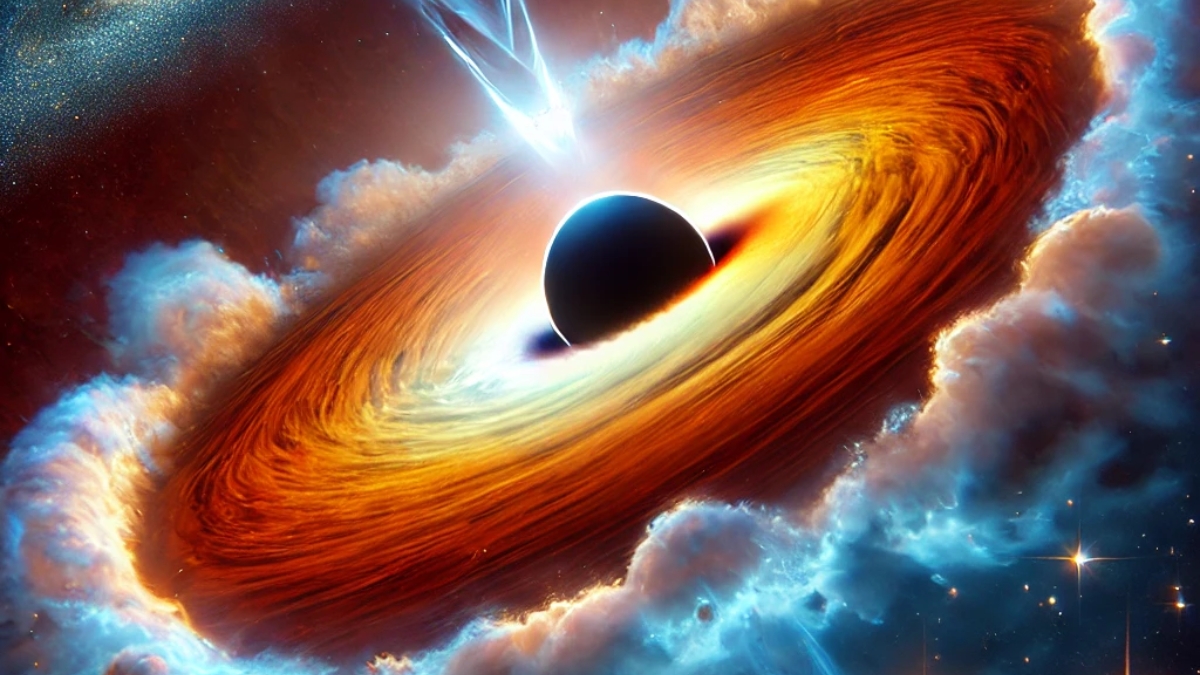Event Horizon Telescope Helps Astronomers In Black Hole Jets Research

Astronomers have long been fascinated by the enormous jets that supermassive black holes shoot into space at nearly the speed of light. These jets can stretch across millions of light-years, but the process behind their creation and acceleration has remained puzzling.
A large team led by Anne-Kathrin Baczko from Chalmers University of Technology in Sweden is now optimistic that the Event Horizon Telescope (EHT) can help crack this mystery, Space.com reports. The EHT, a network of eight radio telescopes spread across the globe, first turned its gaze on a distant galaxy called NGC 1052 in 2017.
This galaxy, located about 60 million light-years away in the constellation Cetus, contains a supermassive black hole more than 150 million times the mass of the Sun. From this black hole, powerful jets shoot out in opposite directions, creating a spectacular cosmic display.
Baczko explained in an official statement that NGC 1052’s core is faint and complicated, presenting a tough challenge for the EHT team. Despite these hurdles, the strategy worked, and they managed to gather valuable data. Their observations revealed that the region around the black hole emits bright radio waves at a one-millimeter wavelength, a sweet spot for EHT imaging.
They also noted that the area shines even more at slightly longer wavelengths, making it a prime target for future telescopes like the upgraded Very Large Array in New Mexico and the next-generation Event Horizon Telescope.
Interestingly, the dusty area where these jets form is similar in size to the ring around M87*, the black hole that made headlines in 2019 when the EHT captured its first-ever image. This similarity means the NGC 1052 black hole is well-suited for more detailed imaging by the EHT.
Previous studies, also led by Baczko, found that the magnetic field surrounding NGC 1052’s black hole is incredibly strong—40,000 times more powerful than Earth’s. Matthias Kadler from the University of Würzburg noted that this force could prevent material from falling into the black hole, helping to launch the jets instead.
With the EHT continuing to push the boundaries of what we can observe, astronomers are inching closer to solving the enigma of these colossal black hole jets.
Have something to add? Let us know in the comments below!
